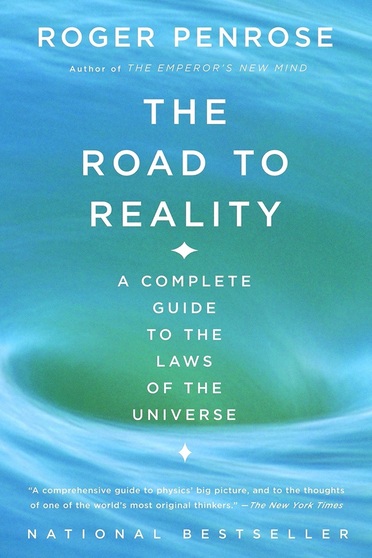










Roger Penrose, one of the most accomplished scientists of our time, presents the only comprehensive and comprehensible account of the physics of the universe. From the very first attempts by the Greeks to grapple with the complexities of our known world to the latest application of infinity in physics, "The Road to Reality" carefully explores the movement of the smallest atomic particles and reaches into the vastness of intergalactic space. Here, Penrose examines the mathematical foundations of the physical universe, exposing the underlying beauty of physics and giving us one the most important works in modern science writing.
Table of Contents
1 The roots of science 7
2 An ancient theorem and a modern question 25
3 Kinds of number in the physical world 51
4 Magical complex numbers 71
5 Geometry of logarithms, powers, and roots 86
6 Real-number calculus 103
7 Complex-number calculus 122
8 Riemann surfaces and complex mappings 135
9 Fourier decomposition and hyperfunctions 153
10 Surfaces 179
11 Hypercomplex numbers 198
12 Manifolds of n dimensions 217
13 Symmetry groups 247
14 Calculus on manifolds 292
15 Fibre bundles and gauge connections 325
16 The ladder of infinity 357
17 Spacetime 383
18 Minkowskian geometry 412
19 The classical fields of Maxwell and Einstein 440
20 Lagrangians and Hamiltonians 471
21 The quantum particle 493
22 Quantum algebra, geometry, and spin 527
23 The entangled quantum world 578
24 Dirac's electron and antiparticles 609
25 The standard model of particle physics 627
26 Quantum field theory 655
27 The Big Bang and its thermodynamic legacy 686
28 Speculative theories of the early universe 735
29 The measurement paradox 782
30 Gravity's role in quantum state reduction 816
31 Supersymmetry, supra-dimensionality, and strings 869
32 Einstein's narrower path; loop variables 934
33 More radical perspectives; twistor theory 958
34 Where lies the road to reality? 1010

